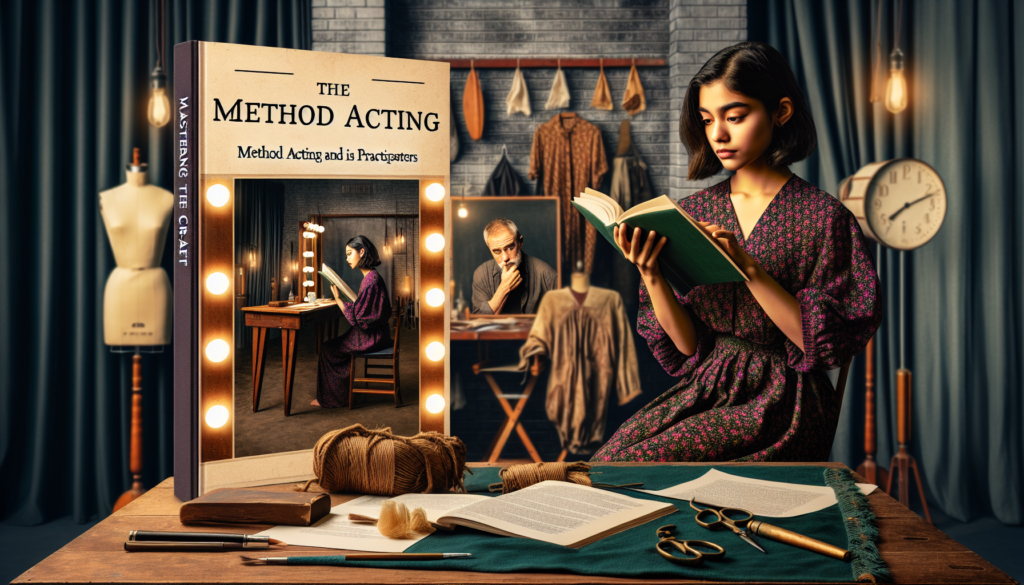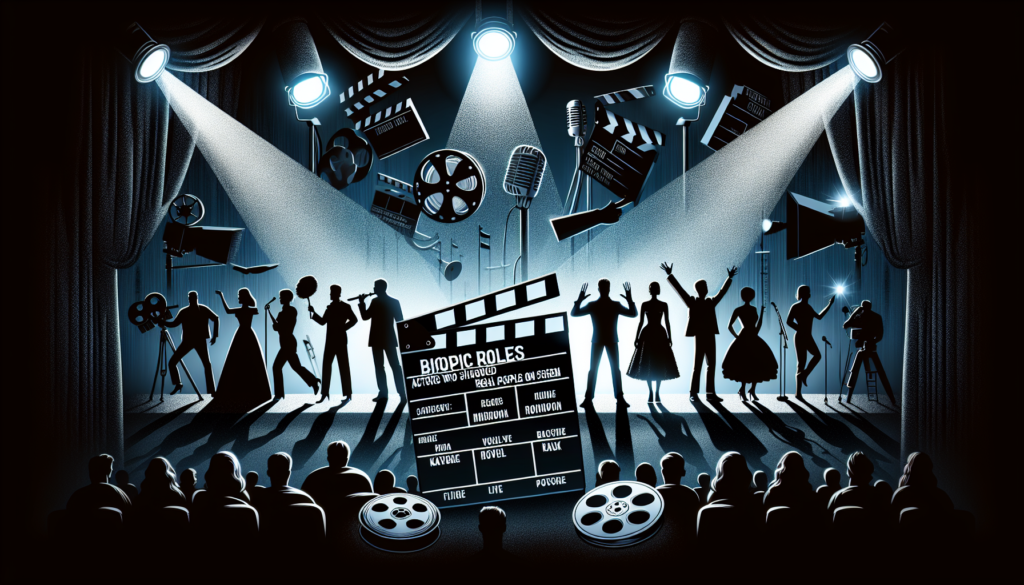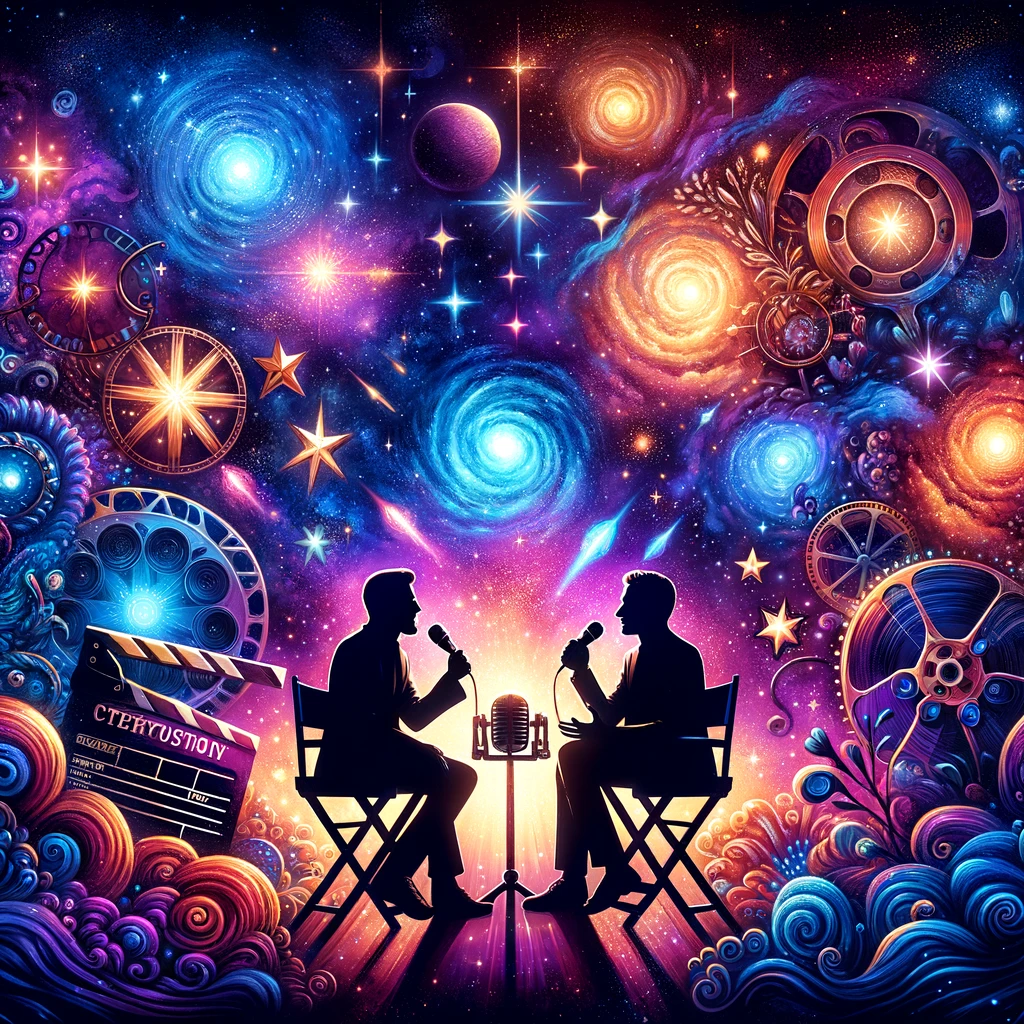Chameleon performers, or actors recognized for their versatility in their craft, have made a significant impression on the world of cinema. They are able to inhabit a character so deeply that their own identity seems to disappear, replaced by an immensely believable fictional persona. Such actors continuously push boundaries and set the bar for artistic excellence, thrill audiences with their versatility in playing varied characters, and bring a unique flavor to the cinema, often transcilling genres.
One the most iconic of these performers is Meryl Streep. Boasting an astounding career of more than four decades and widely regarded as the greatest actress of her generation, Streep has displayed a stunning range of characters, from a tormented Holocaust survivor in “Sophie’s Choice,” to the menacing magazine editor in “The Devil Wears Prada,” or the spirited matriarch in “Mamma Mia!”. With her diverse roles spanning across several decades, Streep has become the epitome of versatility, earning multiple academy awards and countless nominations.
Gary Oldman, another chameleon performer, is renowned for his ability to completely transform himself. From the grim hero Commissioner Gordon in “The Dark Knight” trilogy, to the severely flawed and incredibly complex George Smiley in “Tinker Tailor Soldier Spy,” and the iconic role of Winston Churchill in “Darkest Hour,” Oldman has demonstrated an uncanny ability to absorb into his characters and deliver unforgettable performances. He consistently vanishes into his roles, not just through physical transformation, but also adapting unique mannerisms and vocal traits.
Another chameleon of the craft, describing Cate Blanchett‘s acting range involves acknowledging her virtuosity and extraordinary ability to become entirely different people on screen. Whether as the iconic English monarch in “Elizabeth,” a depressive socialite in “Blue Jasmine,” or playing 13 different roles in the experimental film “Manifesto,” Blanchett delivers unparalleled performances, illuminating her immense talent and ceaseless adaptability.
Daniel Day-Lewis, perhaps the most extreme of all chameleons in his approach to his craft, is well-known for his method acting, often living the life of his character off-camera during filming. From playing a cerebral palsy sufferer in “My Left Foot,” to a ruthless oilman in “There Will Be Blood,” or the titular U.S President in “Lincoln,” Day-Lewis undergoes profound transformations, both mentally and physically, to fully encompass his roles.
Gender has hardly been a boundary for Tilda Swinton, who played both the male and female leads in “Orlando” or applied heavy makeup and prosthetics to play an elderly man in “Suspiria“. Swinton’s truly gender-transcending performances have established her as a unique force in cinema, displaying a remarkable ability to play vastly different kinds of characters with absolute ease and believability.
Maintaining this chameleonic range isn’t simply a matter of talent – it requires an immense dedication to one’s craft, deep research, rigorous preparation, and a fearless willingness to step out of one’s comfort zone. These actors cast aside their vanity in favor of honest portrayals and raw performances. They adjust their physical appearances, craft unusual accents, and even adapt specific mannerisms and behaviors their characters exhibit.
It is this fearless dedication that makes a chameleon performer such a rarity and a delight to witness. They truly embody the essence of acting: the art of becoming someone else, not just wearing a mask, but living and breathing the character they are portraying. Transformation of this magnitude requires not just sheer talent, but an in-depth understanding and internalisation of the character’s persona at its core.
Chameleon performers, with their versatile and transformative performances often leave an indelible mark on cinema. Their courage to lose themselves in their characters provides a unique magic to their performances, contributing to the essence of storytelling and drawing audiences into a gripping world of believable fiction. As they continue to reinvent themselves, they provide proof that acting is not just about playing a role, but becoming that role.



